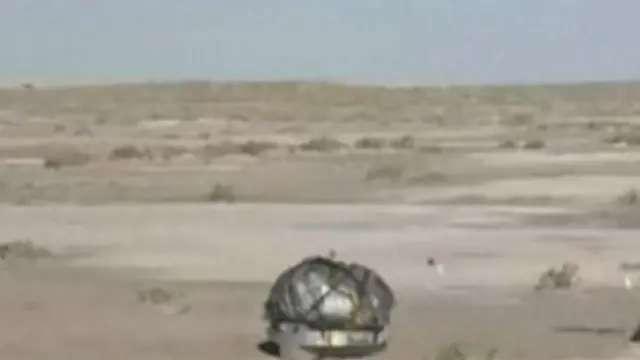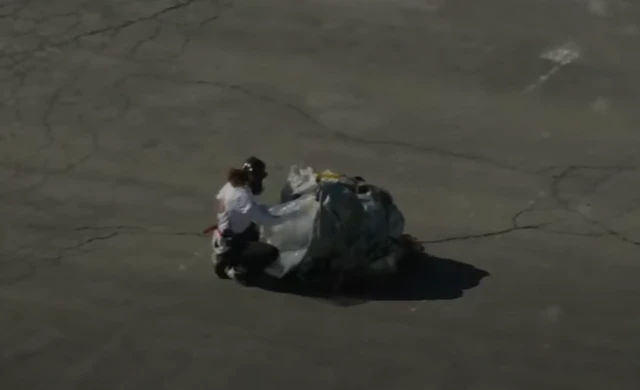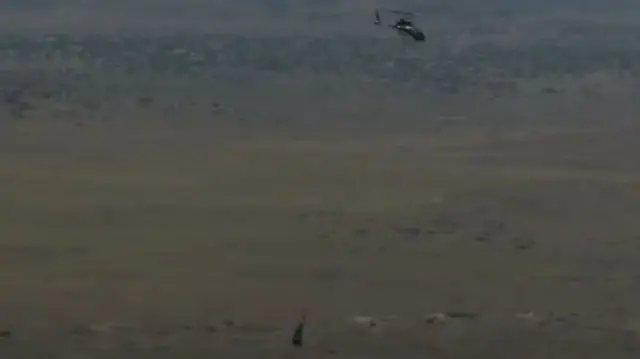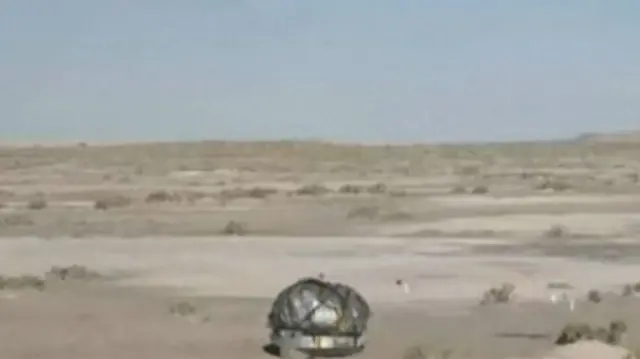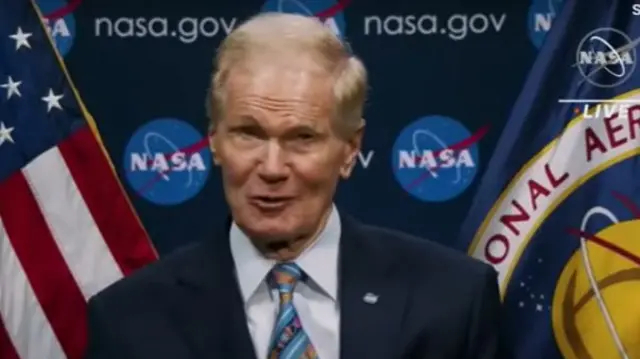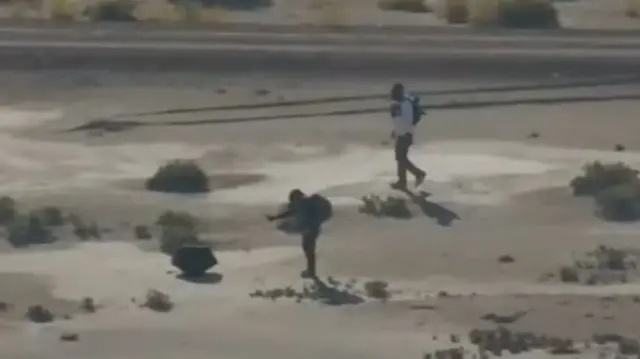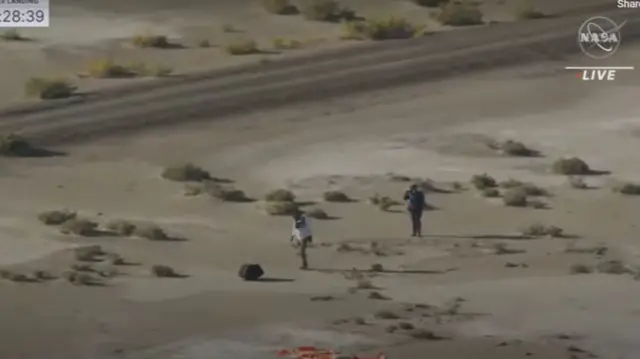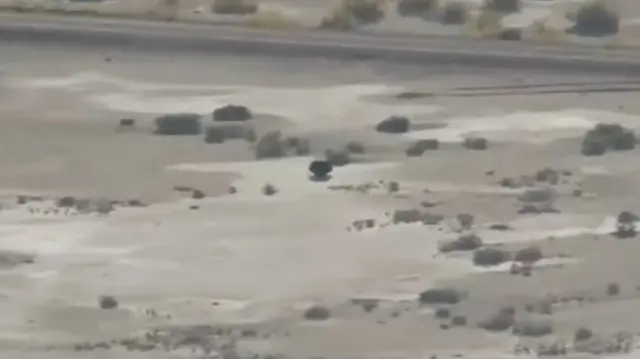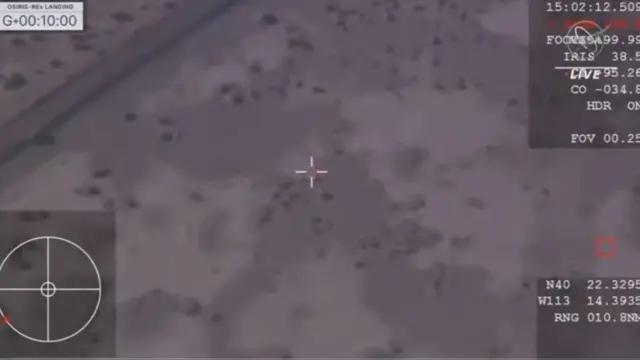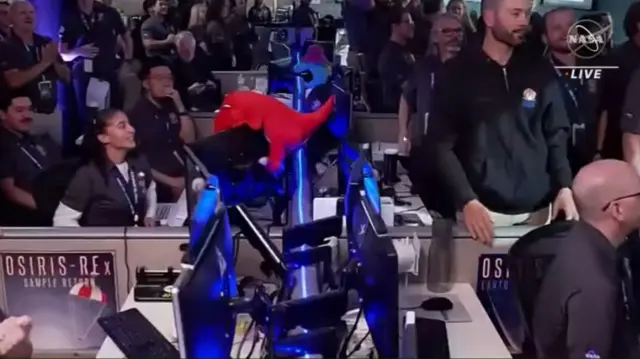The eagle has landed - and we are taking offpublished at 18:39 BST 24 September 2023
Sam Hancock
Live reporter
With the Osiris-Rex capsule safely at its final destination of the day, we're going to leave our live coverage there.
- If you'd like to keep reading about the twists and turns of today, head to our main news story here
- For more on the capsule's long and much-anticipated journey back to Earth, head here
- You can also watch this helpful video about why these samples from asteroid Bennu are potentially so important
Today's page was brought to you by our science colleagues Rebecca Morelle and Jonathan Amos, with the help of Ali Abbas Ahmadi and Nadia Ragozhina. It was edited by me.
